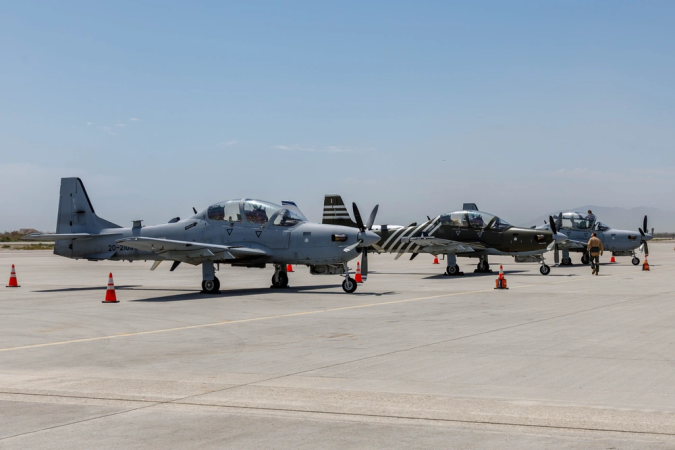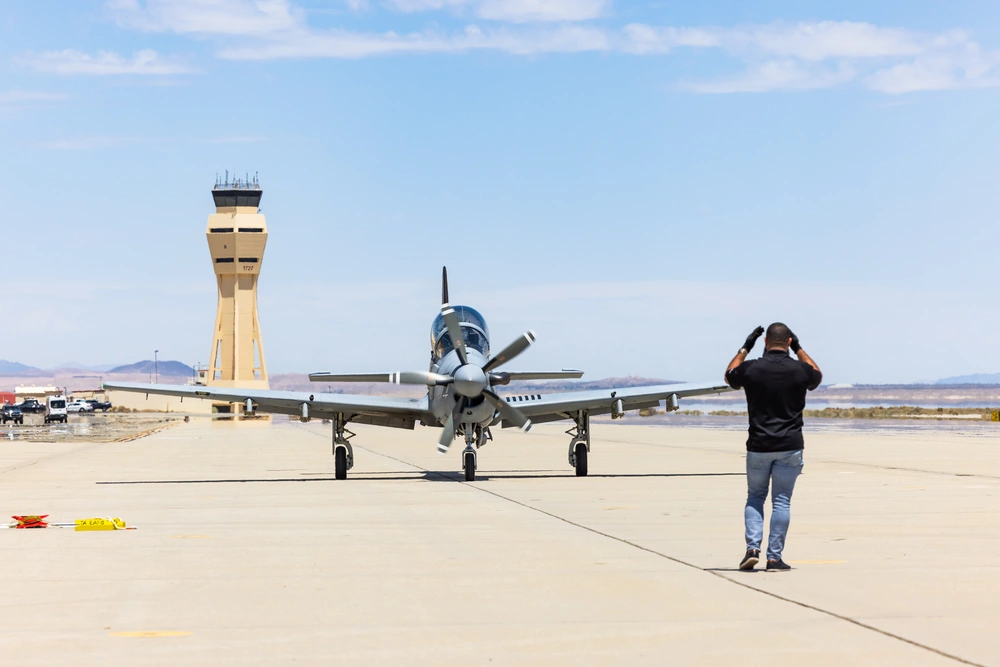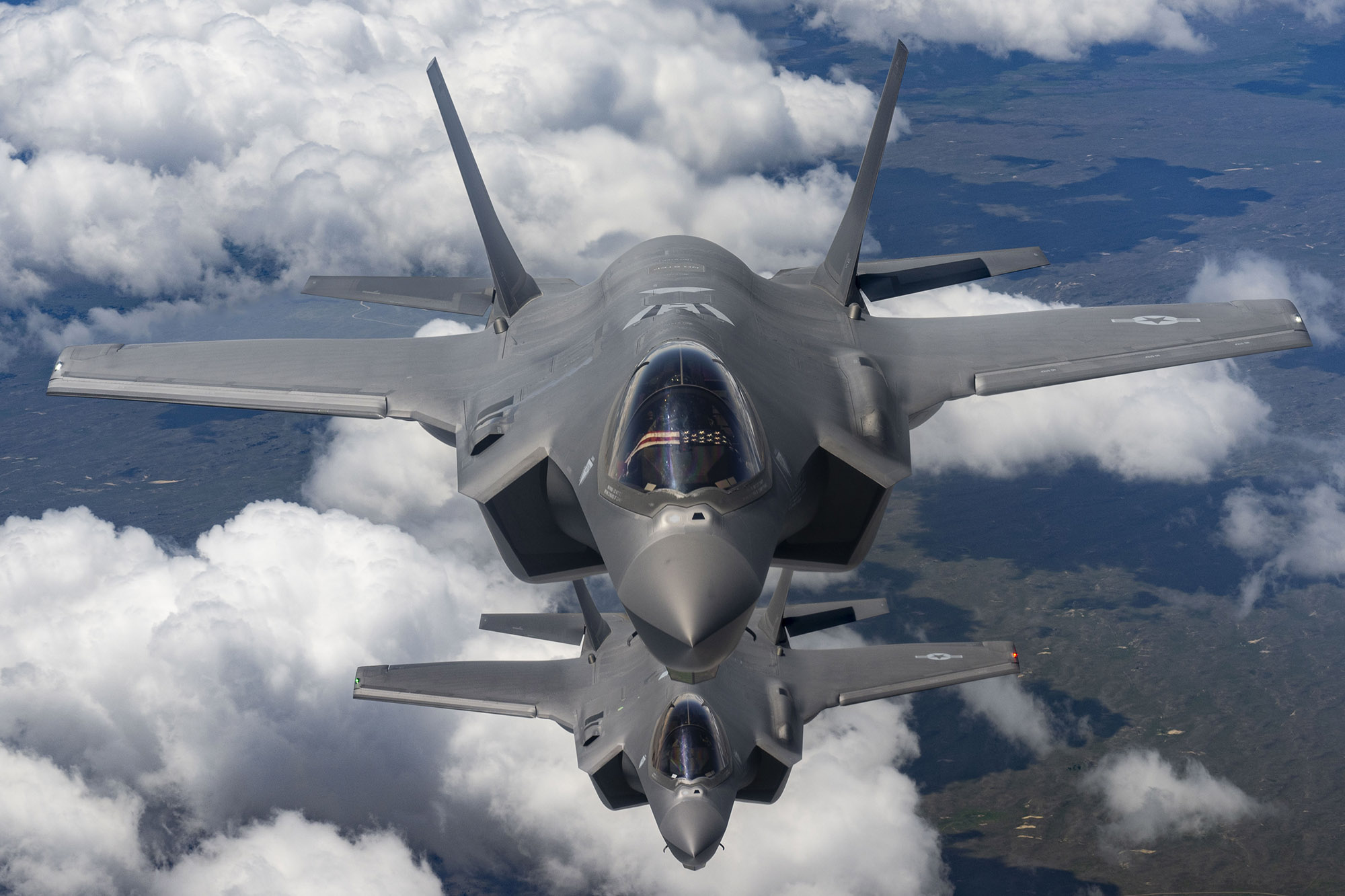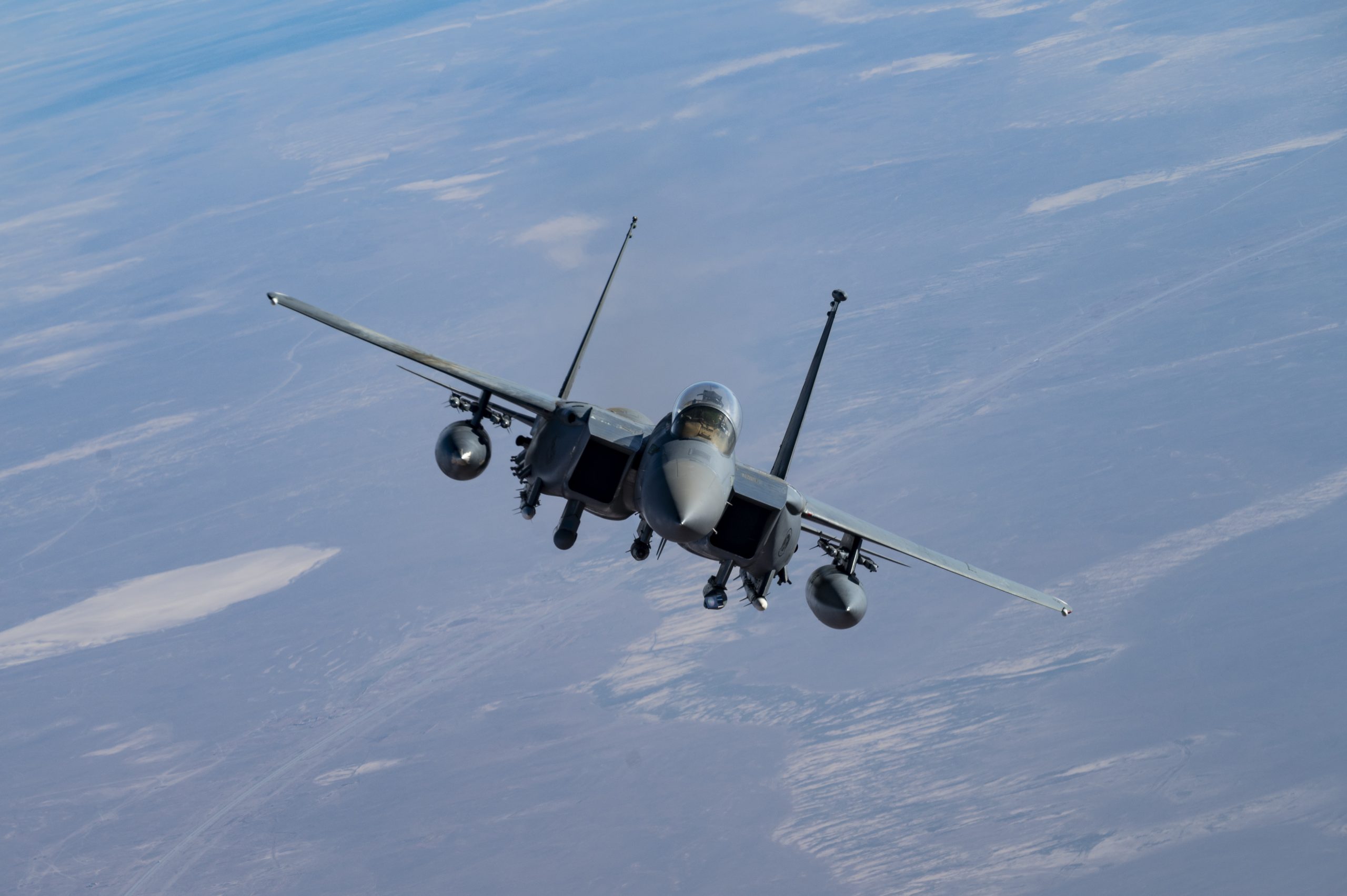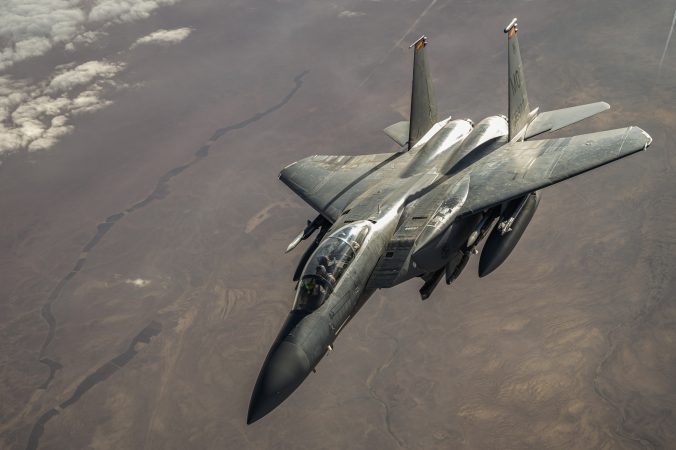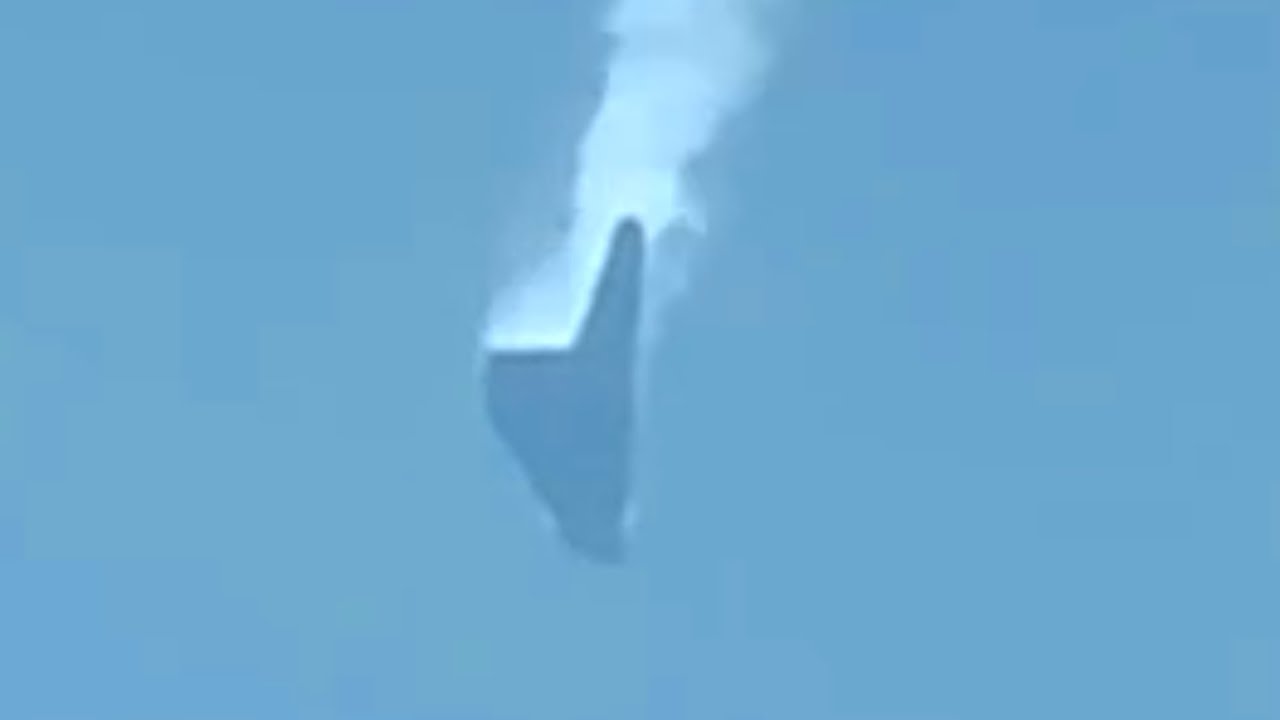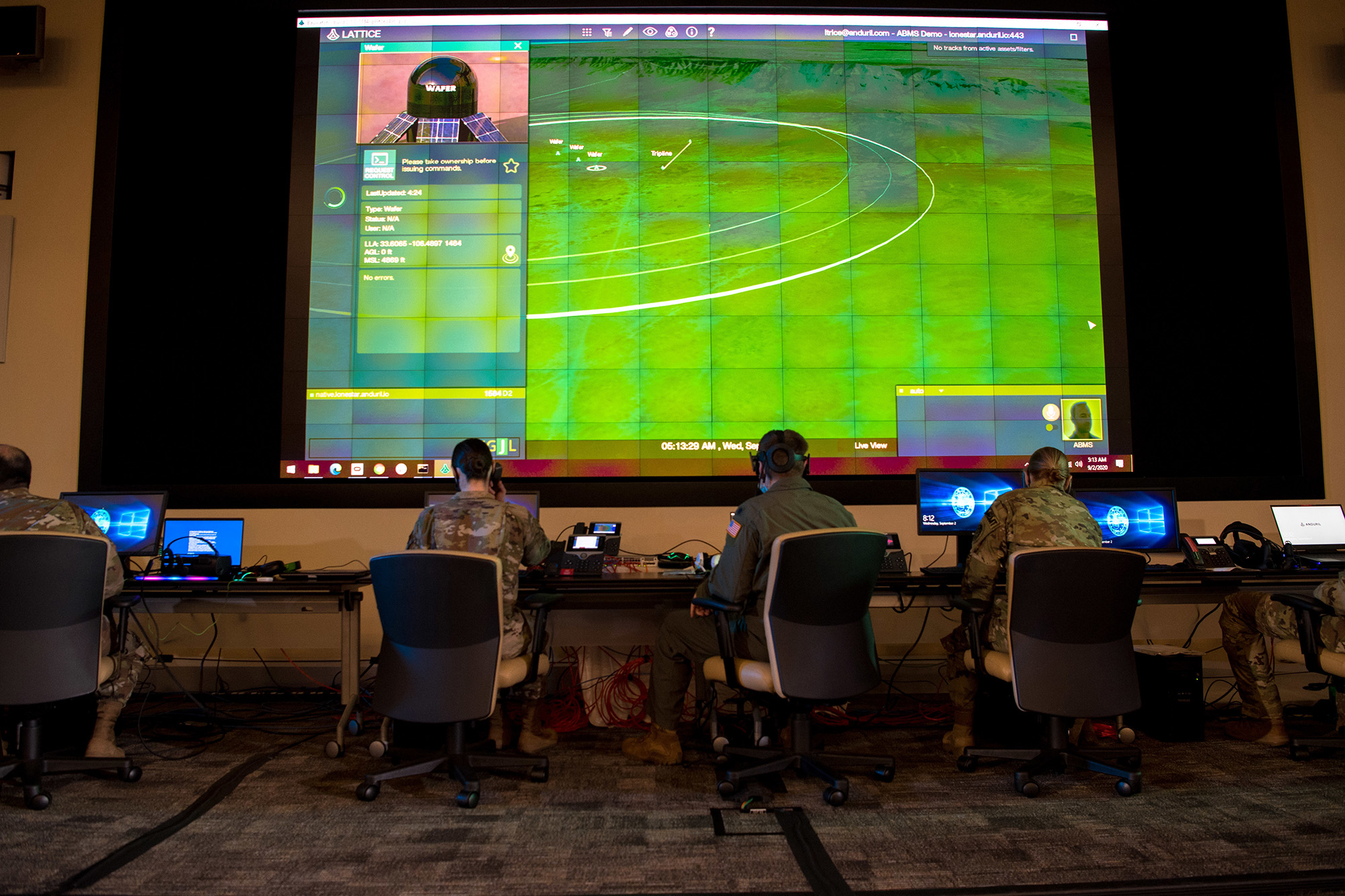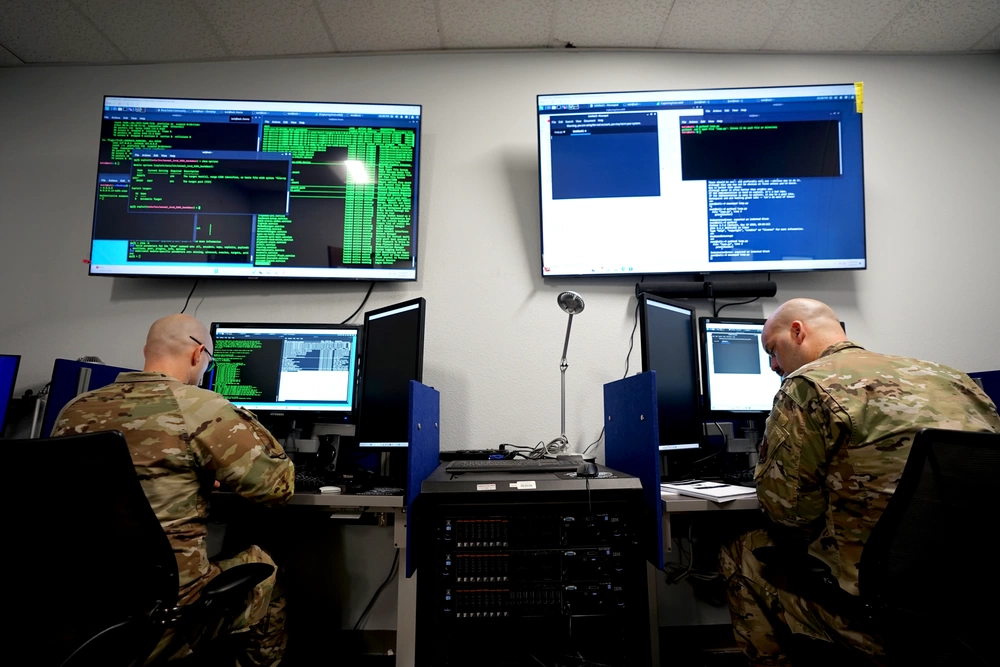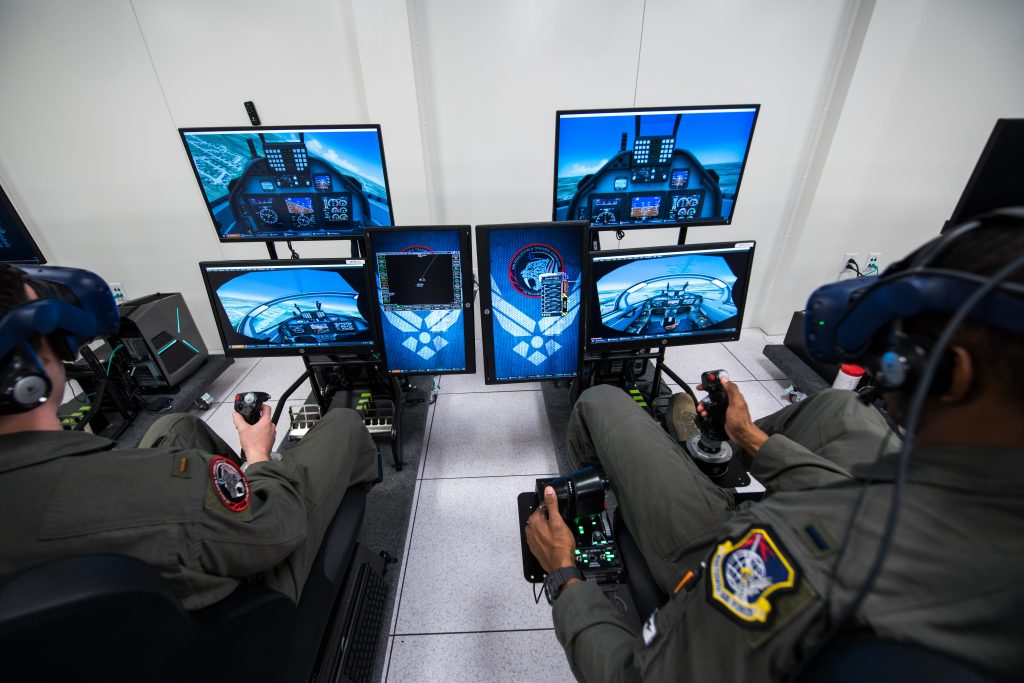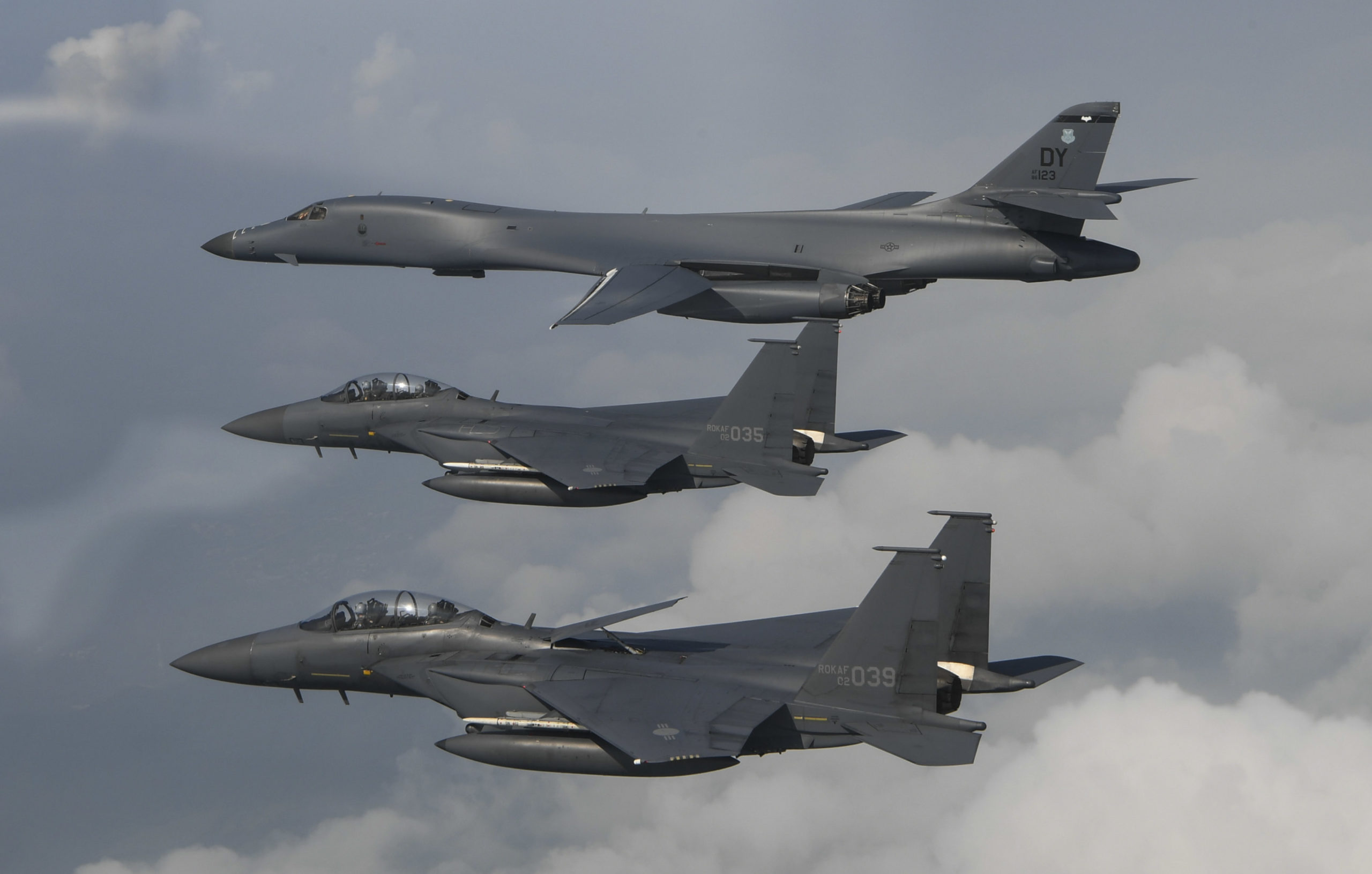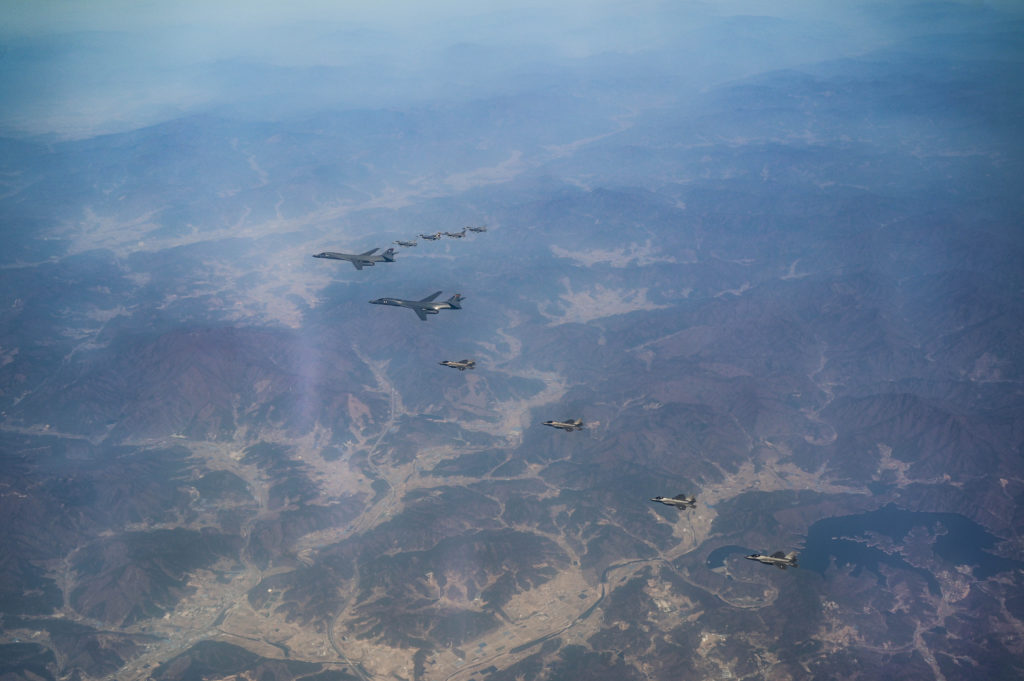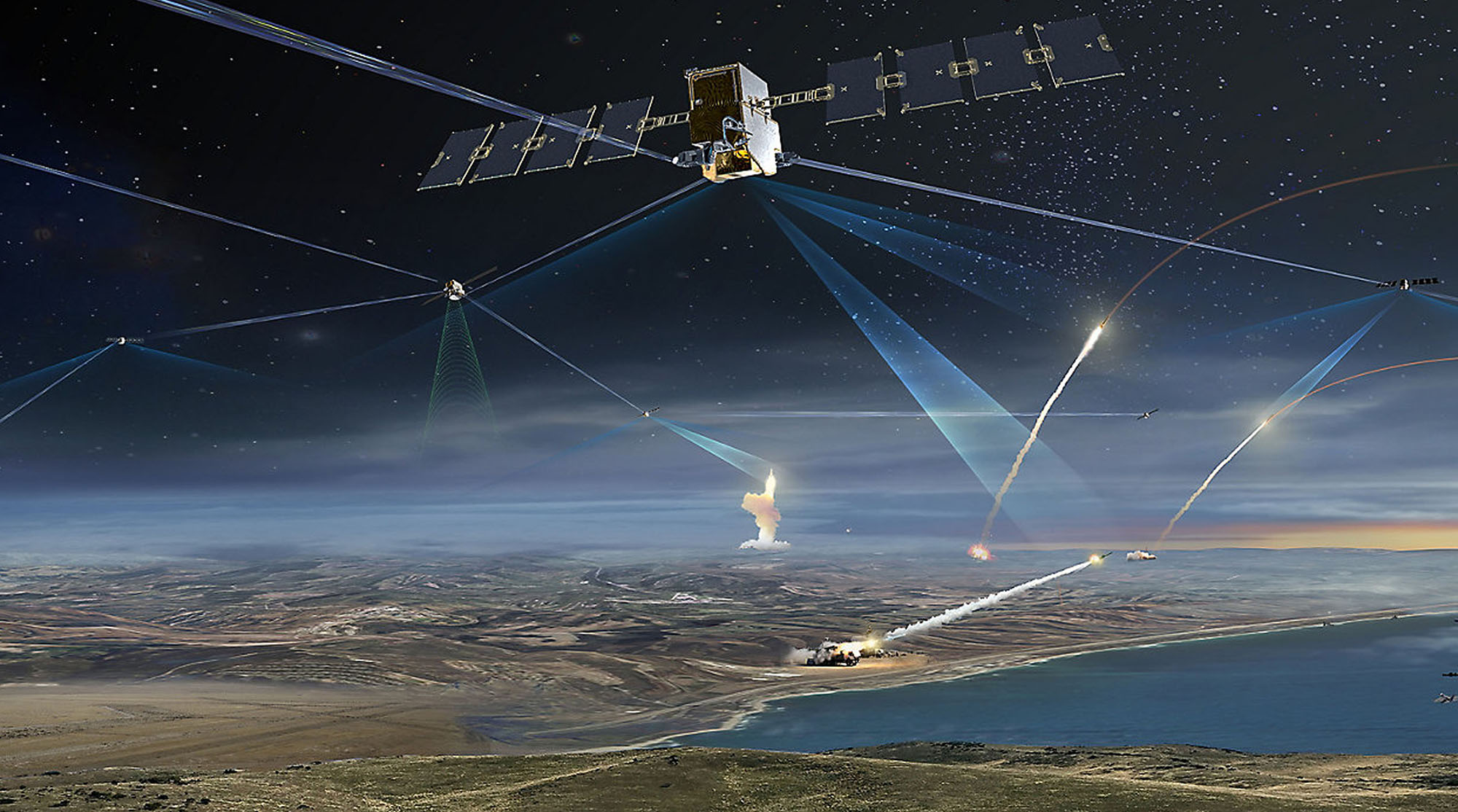It’s been a full three decades since the U.S. Air Force Test Pilot School got a new aircraft, but that streak came to an end when a trio of A-29 Super Tucano light attack aircraft flew in from Davis-Monthan Air Force Base, Ariz., to their new home at Edwards Air Force Base, Calif., earlier this year.
“This is the first time we brought a new airplane out to Edwards for the test pilot school in … longer than I can remember,” Dave Evans, an instructor at the school, said in a video published by Edwards’ 412th Test Wing.
The aircraft arrived on July 18, according to a press release about the arrival published Oct. 9. They flew in from Davis-Monthan after a stop at Jacqueline Cochran Regional Airport, about 130 miles south of Edwards, Evans said.
It’s the latest step in a long journey for the A-29, which the Air Force initially bought to serve as a light close air support or intelligence, surveillance, and reconnaissance (ISR) platform in counterinsurgency operations. The aircraft is designed by Brazilian aerospace manufacturer Embraer and built under license by the Sierra Nevada Corporation, a U.S. firm.
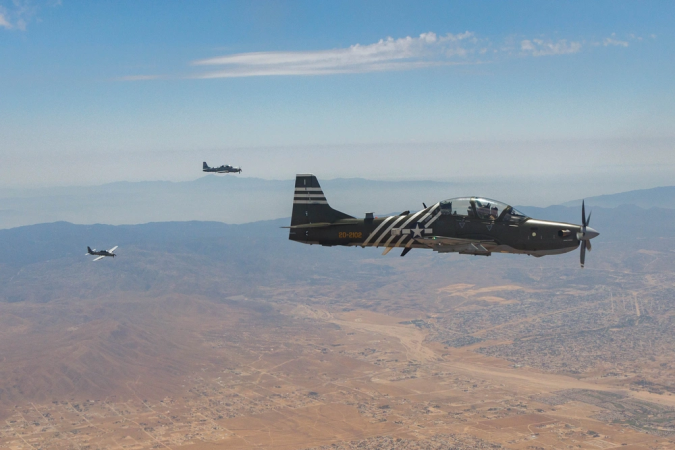
Back in 2017, the Air Force sought a low-cost, off-the-shelf attack and ISR aircraft to take pressure off higher-cost platforms such as the A-10 attack jet and F-16 fighter jet. The service held a competition between the A-29 and the AT-6B, a variant of the T-6 trainer, for the role. But in the end, the service bought just three A-29s, which were used to train pilots from Afghanistan and Nigeria, and two AT-6Bs, which were used for light attack experiments with the U.S. Marine Corps and partner countries.
In 2022, the Air Force planned to get rid of the aircraft, likely through a foreign military sale. But now the service has found a new use for the A-29 at its test pilot school (TPS).
“The decision to transfer A-29 aircraft to Edwards is a result of thoughtful analysis by the Test Pilot School and an excellent example of command agility and collaboration to take advantage of a unique, fleeting opportunity,” Michael Banzet, director, Air Force Test Center plans and programs, said in the Edwards press release.
“Not only does this repurpose a $63 million taxpayer investment, it also modernizes and expands TPS curriculum to accelerate the fielding of combat capability for the USAF,” he added.
According to the release, the A-29’s design makes it perfect for spin testing, where a test pilot deliberately puts the aircraft into a spin to evaluate aircraft systems or pilot performance. Evans said the A-29 marks the first “organic spin capability at the school for powered airplanes since the mid-[1990s].”
With its modern avionics and wing pylons for hanging weapons or equipment, the A-29s may also be used for training and research on various weapons and sensors, which would take pressure off the T-38 and F-16 fleets at Edwards.
Evans said the aircraft may also be used for a test where students are expected to fly and land an aircraft with only the most basic information about its systems available.
“Then we say ‘you gotta figure out how to take this airplane, get it safely airborne, get it safely on the ground,’” he said. “That is a test pilot’s job, in my opinion. And that’s exactly what we are doing here.”
